Schmidt, K, Niehoff, B, Cornils, A, Hagen, W, Flores, H, Heuzé, C, Welteke, N, Knϋppel, N, Dorschner, S, Woll, M, Jones, K, Laudone, G, Campbell, RG, Ashjian, CJ, Gelfman, CE, Shoemaker, KM, Jenkins, RW, Kvile, KØ, Lebreton, B, Guillou, G, Hoppe, CJM, Sakinan, S, Schaafsma, FL, Hildebrandt, N, Castellani, G, Belt, ST, Fong, AA, Atkinson, A and Graeve, M 2025 Seasonal vertical migration of large polar copepods reinterpreted as a dispersal mechanism throughout the water column. Communications Earth & Environment, 6 (1). 10.1038/s43247-025-02389-9
Preview |
Text
Schmidt et al 2025 Comms Earth and Env.pdf - Published Version Available under License Creative Commons Attribution. Download (3MB) | Preview |
Abstract/Summary
Seasonal vertical migration of large lipid-rich copepods is often described as a mass descent of animals when primary production ceases, with important implications for mesopelagic food webs and global carbon sequestration. This view ignores the existence of surface-resident individuals, but here we show that non-migrants can form a substantial part of the populations of polar migrant species. In the Central Arctic Ocean, the biomass-dominant Calanus hyperboreus was evenly distributed throughout the water column from November 2019 to March 2020, with ~20% of subadults and adult females remaining in the upper 200 m and ~41% migrating to 1000–2000 m. These vertical positions aligned with differences in the copepods’ cholesterol content, which can enhance the tissue density at higher temperatures. Gonad development and the vertical distribution of their offspring indicate that both non-migrant and migrant females contribute to the population recruitment. We reinterpret copepod seasonal migration as a bet-hedging strategy that balances nutritional benefits near the surface with survival benefits at depth, and thereby contributes to the species’ resilience under climatic change.
| Item Type: | Publication - Article |
|---|---|
| Divisions: | Plymouth Marine Laboratory > Science Areas > Marine Ecology and Biodiversity (expired) |
| Depositing User: | S Hawkins |
| Date made live: | 04 Jul 2025 15:59 |
| Last Modified: | 04 Jul 2025 16:00 |
| URI: | https://plymsea.ac.uk/id/eprint/10451 |
Actions (login required)
 |
View Item |


 Tools
Tools Tools
Tools